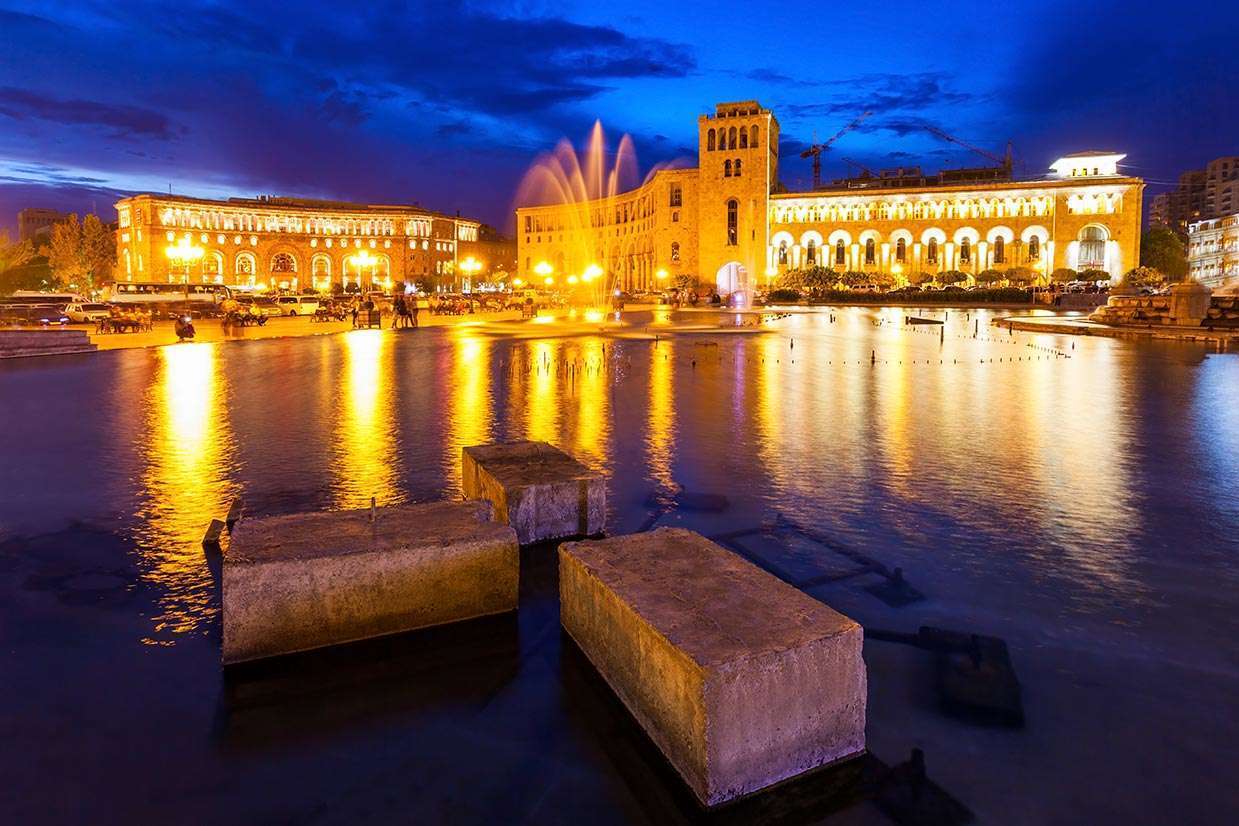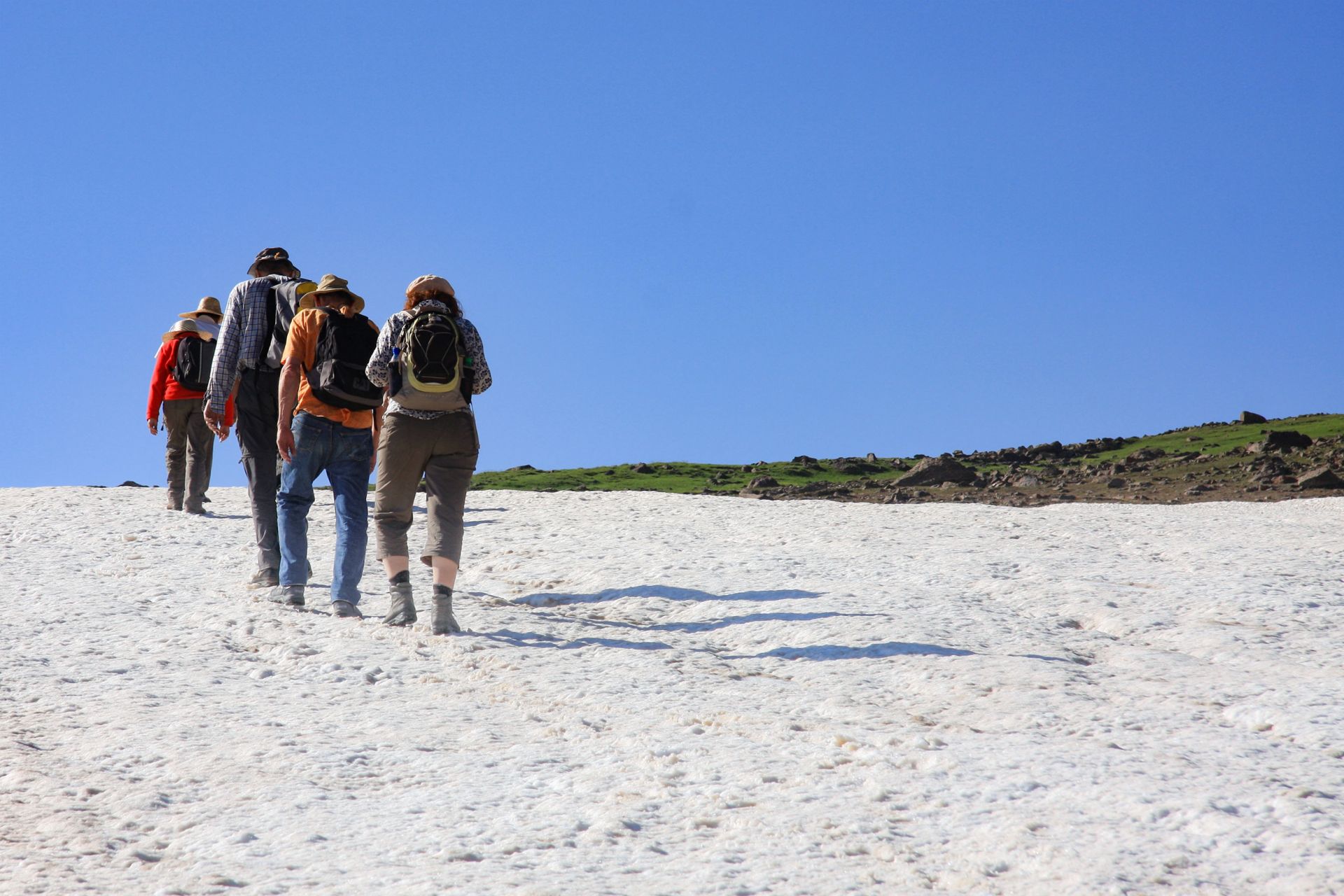History Museum Of Armenia
The History Museum of Armenia is an institution for Archeology, Numismatics, Ethnography, Modern History, and Restoration, which was founded in 1920. It holds a national collection of 400,000 objects. 35% of the main collection consists of archaeological findings, 8% of the collection consists of ethnographic specimen, 45% of numismatic specimen, and 12% of the collection consists of documents. The National Museum of Armenia is located at Republic Square in Yerevan. The state financially supports the museum and owns both the collection and the building. The museum carries out conservation and restoration processes and publishes works on Armenian architecture, archaeology, ethnography, and history. It also has a number of published reports on archaeological excavations since 1948. It also conducts educational and scientific events on Armenian history and culture. The goal of the Historical Museum of Armenia is to preserve, replenish, study and promote the objects and collections related to the history and culture of the Armenian people and Armenia.
The museum was established due to the collections of the Armenian Ethnographic Association of the Caucasus, the Nor Nakhchivan Museum of Armenian Antiquities, the Museum of Antiquities of Ani, the Vagharshapat Repository of Ancient Manuscripts (15,289 objects). In 1935, the Central Committee of the Communist Party of Armenia formed separate museums. These museums received items that were originally part of the History Museum of Armenia. The Museum of Art of the Armenian SSR was founded after the Art Department of the History Museum (today's National Gallery of Armenia) and received 1,660 objects. The Literature Museum (the present-day Charents Museum of Literature and Art ) was formed on the basis of the Literature Department of the History Museum and received 301 objects and 1298 manuscripts.
The State Museum of Ethnography was founded in 1978 and received 1,428 objects and 584 photographs. The History Museum complements its collections with findings from excavations in archaeological sites in Armenia as well as through purchases and donations. It represents an integral image of the history and culture of Armenia from prehistoric times (a million years ago) till our days , presenting the rare remnants of cultural communication with the countries of the Ancient East (Egypt, Mitanni, the Hittite Empire, Assyria, Iran, Seleucid, Rome and Byzantine Empire) in the Armenian Highlands, possesses an enormous and extraordinary collection of bronze specimens of the 3rd-2nd millennium BC that belong to the world masterpieces.
The History Museum has the magnificent cultural heritage of Urartu, the powerful Armenian state of the Ancient Near East: extraordinary cuneiform, bronze statuettes, murals, painted ceramics, weapons and weapons with sculptural furnishings, exceptional gold, silver and bone embossings, unveiled in Karmir Blur (Red Hill), Arin-Berd (fortress) and the city of Argishtikhinili. The museum holds the cuneiform inscription by the Urartian King Argishti from 782 BC, which states about the founding of the city Erebuni (Yerevan), also a collection of the oldest evidence of transport history, from the 15th-14th century BC wooden carriages and chariots and their miniature models in bronze, which were unveiled in Lchashen. The History Museum has a rich collection of Armenian coins, including the coins from Tsopk, the Artaxiad dynasty, the Kiurikian Kingdom and the Armenian Kingdom of Cilicia, as well as foreign monetary units (Dvin, Ani, Yerevan, etc.). It shows precious examples of the unique transformation of Hellenistic culture in Armenia: sculptures, architectural styles, jewellery and ceramics dug out from the archaeological sites of Garni, Artashat and Oshakan. The museum allows visitors to get acquainted with the Christian culture of Armenia (4th-15th century), with unique architectural, sculptural and ceramic finds unearthed from the towns of Dvin, Ani and Amberd Fortress. Many tourists have the desire to get to know one of the first, original civilizations. The museum is the witness of the thousand-year history of Armenia from ancient times to the present day.






